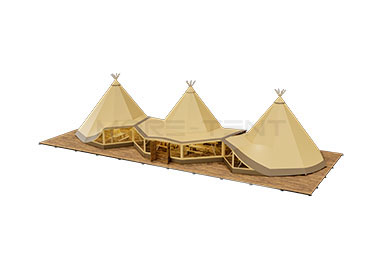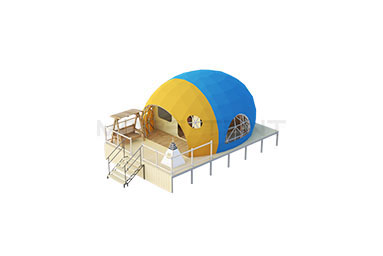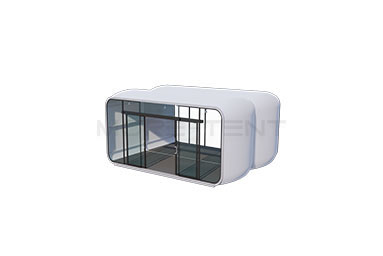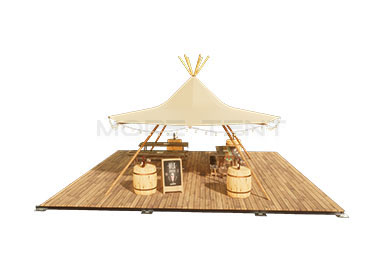Why do people think glamping tents outperform traditional camping tents? The superiority stems from multiple aspects including structural materials, safety performance, and design versatility. While conventional camping tents often feature simplistic designs with limited environmental adaptability, glamping tents have emerged as the preferred choice for many tourist through more safety and stability.
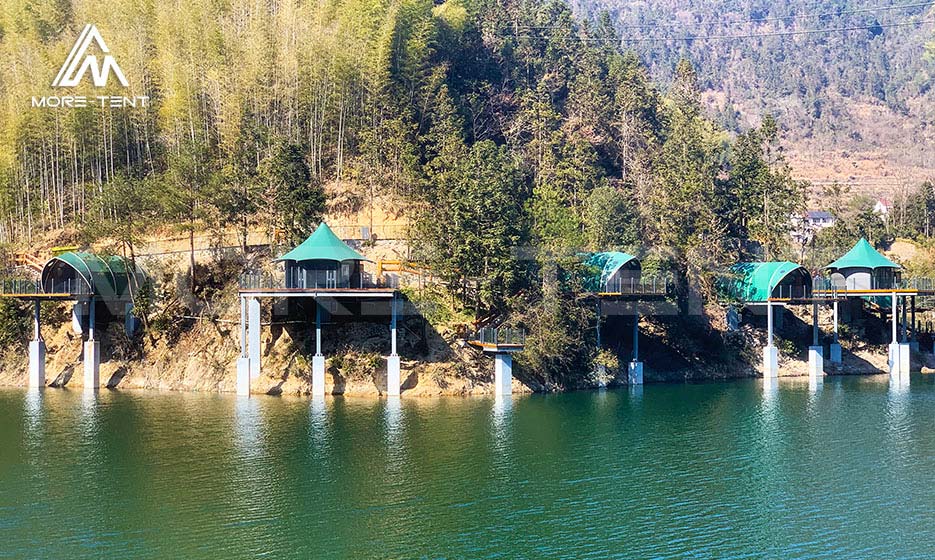
Firstly, glamping tents have significant advantages in terms of flexibility and convenience. They can be erected on hillsides, beaches, woodlands and other complex terrains without any site constraints. As a semi-permanent structure, glamping tent can still be set up quickly in a short period of time to provide timely accommodation for tourists.
Secondly, the safety and durability of the glamping tent is also one of the reasons why it is so highly regarded. In the design process, glamping tent fully considers the safety factor, using high-strength aluminium alloy frame and fire-retardant PVC canopy fabric and other high-quality materials, to ensure that the tourists in the process of accommodation is safe and worry-free. In contrast, traditional camping tents may pose safety risks in extreme weather conditions. At the same time, the material and structural design of glamping tent make it highly durable, able to withstand various harsh environments and extend its service life.
Furthermore, glamping tents also excel in terms of comfort and luxury. They usually provide high-quality accommodation with luxurious beds, air-conditioning, private bathrooms and other amenities, allowing visitors to enjoy the natural beauty while having a comfortable living experience at the same time. This kind of luxury is hard to match with traditional camping tents. In addition, glamping tent has relatively large internal space and reasonable layout, which can meet the accommodation needs of different tourists. Traditional camping tents, on the other hand, tend to have limited space and a relatively low level of comfort, making it difficult to meet the diverse needs of tourists.

